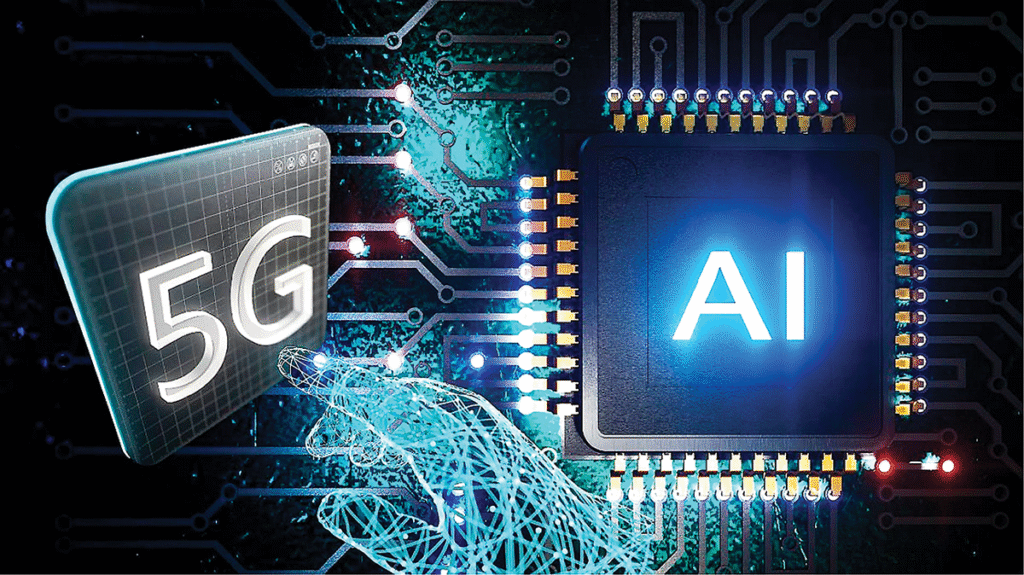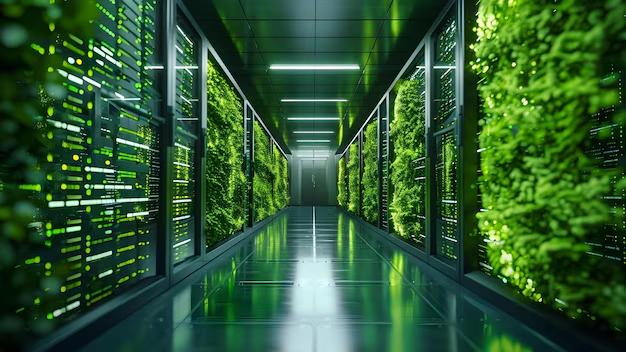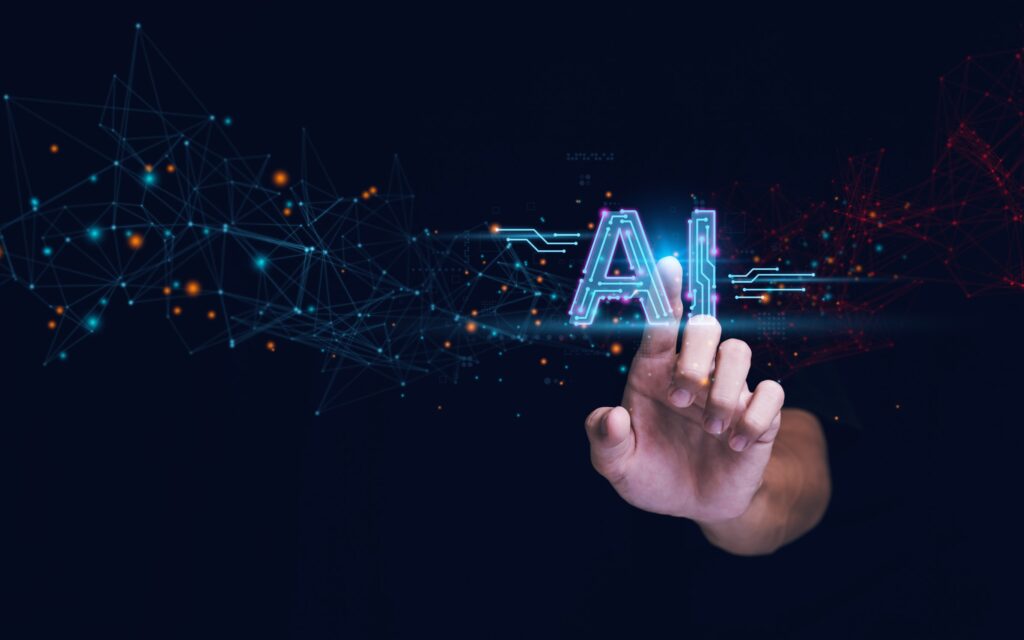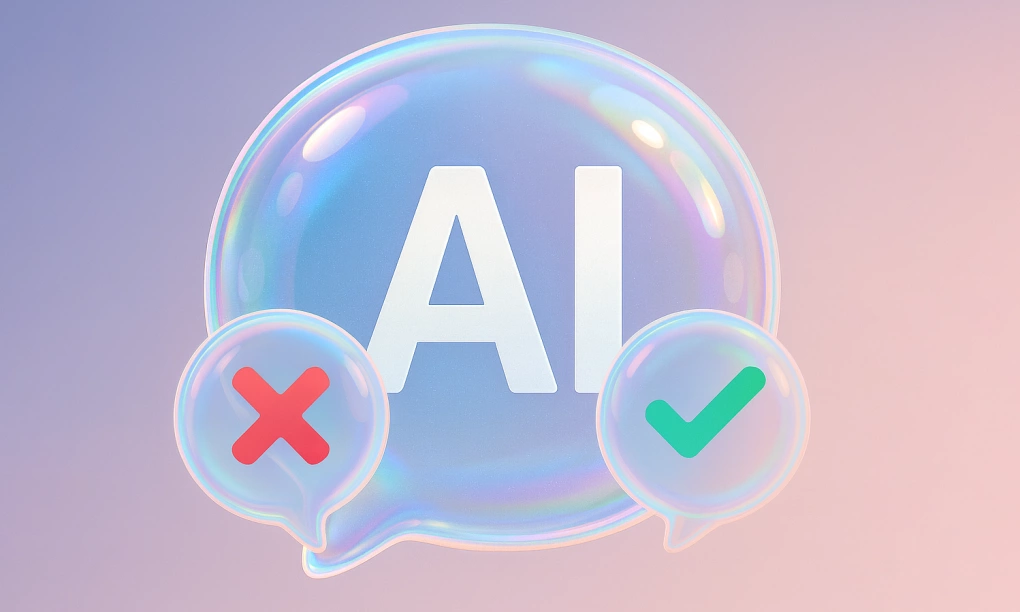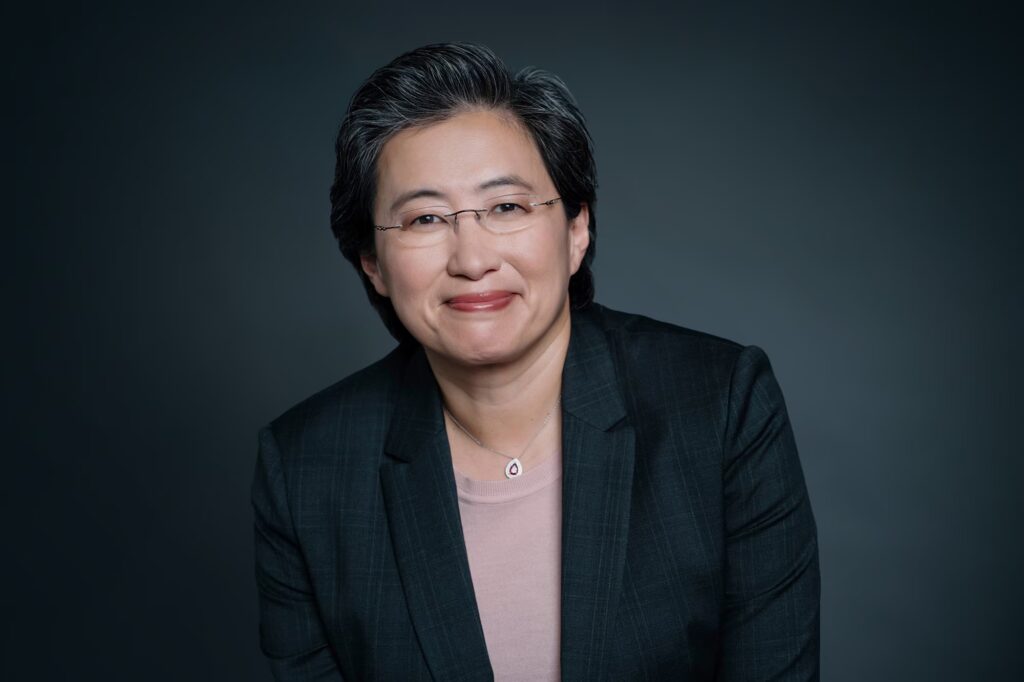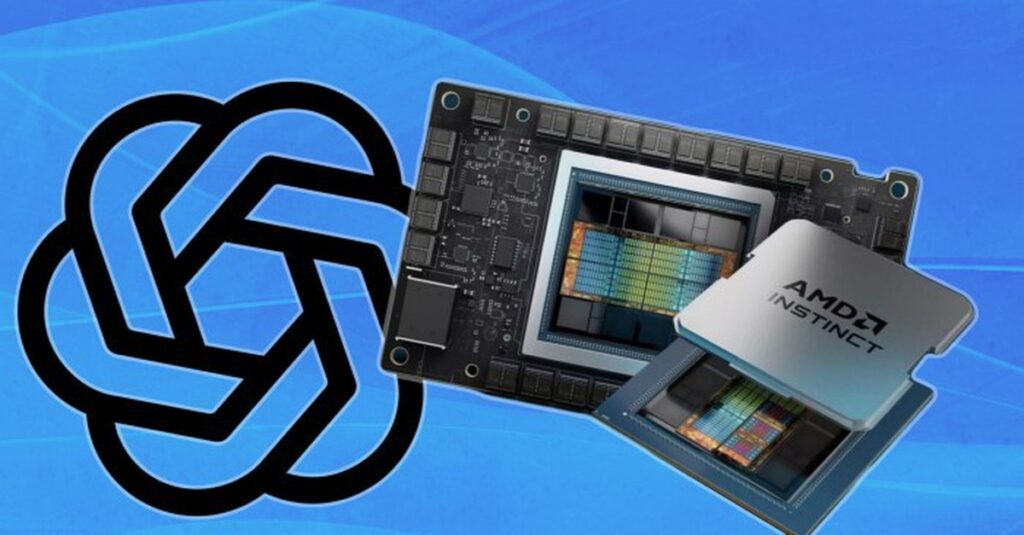AI Spending Is Not a “Dotcom Bubble”: A Cautiously Optimistic View from Fed Chair Jerome Powell

In a recent press conference following the latest policy meeting, Federal Reserve Chair Jerome Powell affirmed that the current wave of investment in artificial intelligence is not similar to the dotcom bubble that caused turmoil in the early 2000s. According to him, today’s boom is being driven by companies with clear business models that generate real revenue and profits, rather than blind speculation as before. This reflects a more solid economic foundation, with capital allocated based on tangible value and market demand.
Powell emphasized that the enormous spending on data centers, semiconductors, and AI infrastructure represents more than just a new technological trend; it is becoming an important growth engine for the U.S. economy. He rejected arguments that loose monetary policy is the primary reason behind the surge of capital into AI, noting that these are long-term investments driven by expectations of increased productivity and confidence in the value AI can create.
The dominance of companies like Nvidia, along with massive capital expenditure from Microsoft and Alphabet, underscores how seriously the market is taking this development. Institutions such as Goldman Sachs assess the current level of investment to be sustainable, with plenty of room for expansion. Analysts estimate that AI could generate trillions of dollars in additional economic value. The share of AI investment in GDP remains far lower today than during previous technological cycles, indicating the trend has not overheated.
The AI investment wave is deeply affecting the real economy, pushing industrial energy demand to new highs and forcing utilities to expand power grids. New construction projects, modern equipment, and factories rising across the country demonstrate that AI is not just appearing in financial statements but has become a material component of economic growth.
Despite this, Powell maintains a cautious stance. He believes it is too early to conclude that AI will spark a productivity revolution on par with electricity or the Internet. According to him, the AI-driven economy remains uneven, heavily dependent on capital, and concentrated largely in the hands of a few major corporations. The productivity benefits of AI may take years to fully permeate the labor market, and automation risks slowing job creation in sectors that currently serve as key employment drivers.
He also acknowledged that many corporations have reduced staffing because AI can replace certain tasks, creating a paradox: technology may increase output while slowing the labor market. This presents a major challenge for the Federal Reserve, which must balance job stability and inflation control. Powell noted that U.S. job growth is currently close to zero after adjusting for statistical errors, signaling a strong shift in the labor structure.
Powell’s remarks both reassure markets and contain warnings. He recognizes AI’s substantial potential to contribute to the U.S. economy, but stresses the importance of managing expectations. Today’s investments are grounded in economic fundamentals, yet their ultimate success will depend on how effectively the technology can be transformed into real productivity gains. This may become one of the most critical economic questions of the coming decade, requiring adjustments in labor policy, education, and infrastructure investment.
Powell’s overarching message is one of measured realism: AI is promising and built on tangible foundations, but its results remain unproven over a sufficiently long time horizon. Through this perspective, the Federal Reserve demonstrates a balanced approach—avoiding excessive optimism while refraining from unnecessary intervention in a growth driver that the United States may urgently need.
Source: collected from the internet



